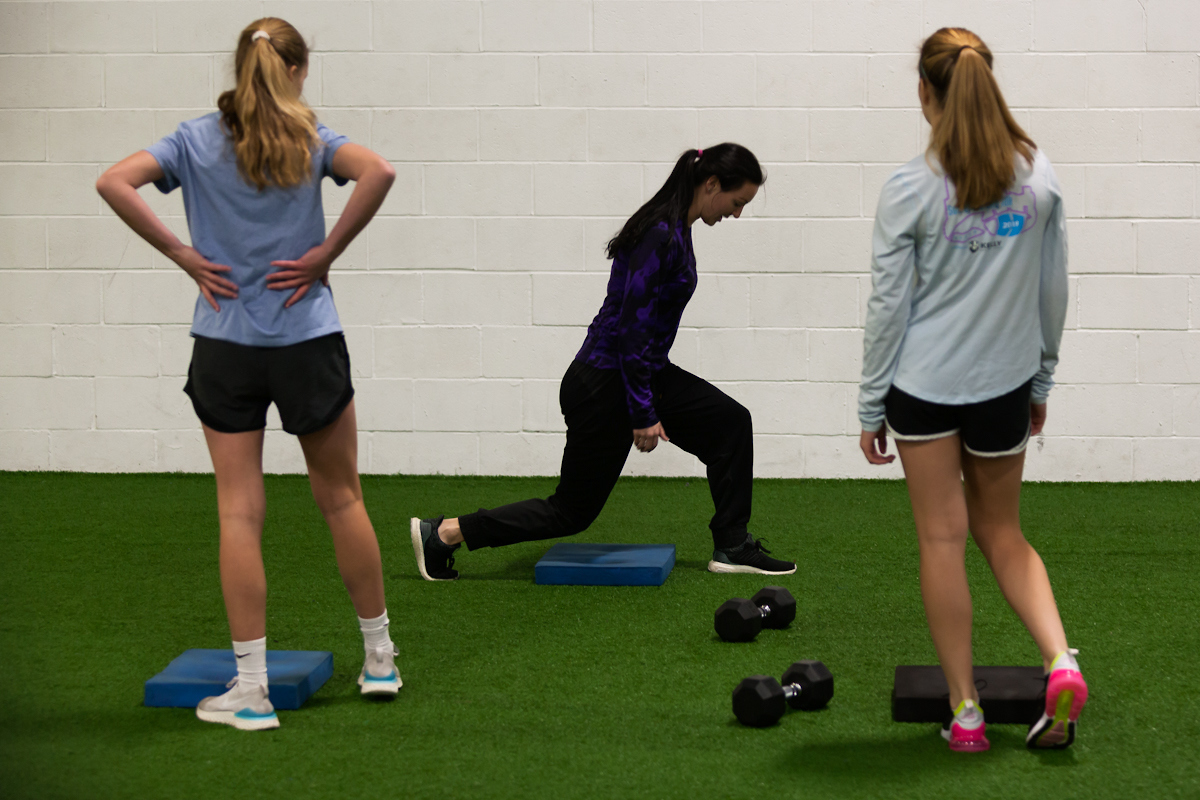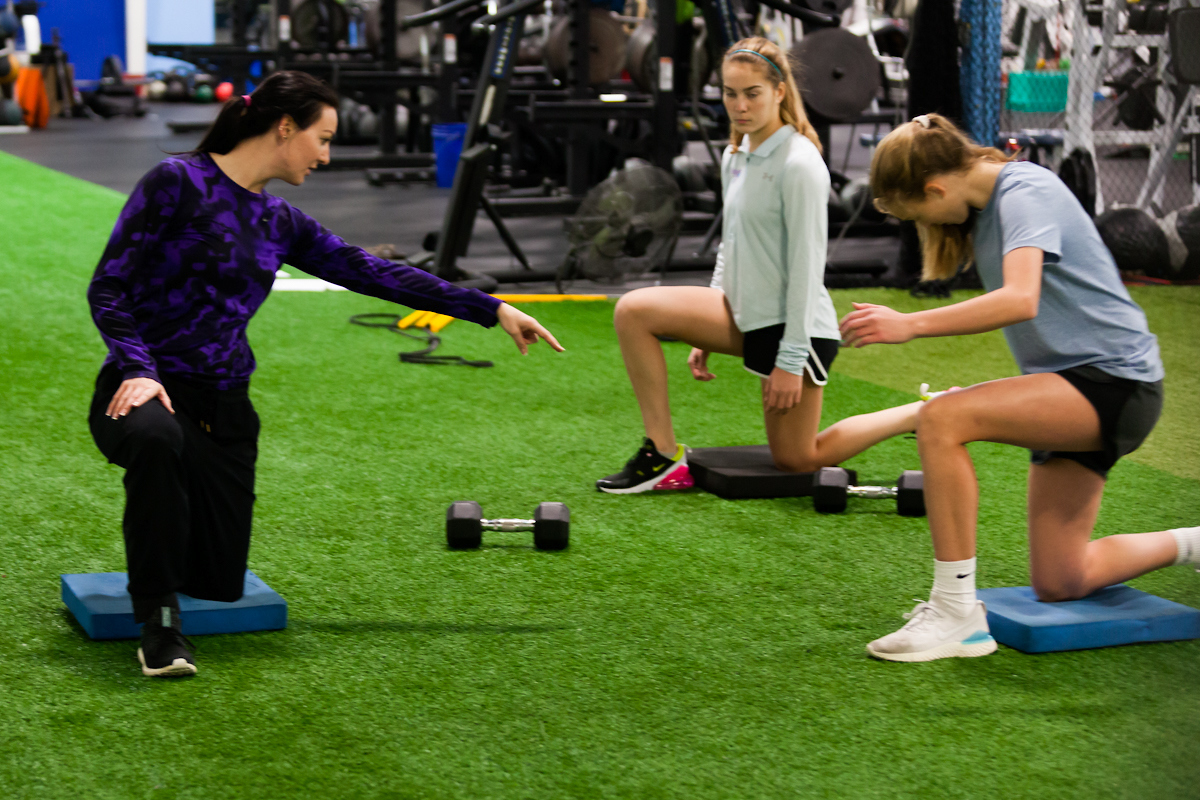
20 Feb The Subtle Art of Mastering the Basics
Guess what?
I discovered the secret to life, to improved performance, to weight loss, to healthier nutrition, to D1 college pursuits, to increased speed on the pitch, to better conditioning, to a more explosive first step.
No, it’s not training with an Instagram influencer speed trainer for all but two months, once a week.
No, it’s not becoming ketogenic in a caloric surplus with a sedentary lifestyle.
No, it’s not falling for a pyramid scheme cleanse.
No, it’s not expecting results overnight without any real effort.
No, it’s not program or trainer hopping for novelty.
Before you get all-embellishing with the fancy gadgets and quick fixes, why don’t you stick to something simple? Why don’t you be consistent? Why don’t you put in the work for years?
Why don’t you master the mundane?
You see, in sport performance, weight loss, athletic pursuits, college dreams and more, people opt for the shortcuts. They want the glory without the grind. They want the result without the actionable steps. They want the overnight success without the daily habits.
I know this is a tough pill to swallow, but let’s master the basics first before you do the fanciest program out there, once a week, for a finite amount of time.
As performance coach Nick Gantham beautifully states, an advanced program is nothing if someone cannot adhere to it, so let’s nail down the fundamentals first.
Moreover, let’s build a culture of consistency and the work it takes to reach the next level.

To that end, a program that athletes stick to for months, years and beyond, that focuses on the basics – coordination, mechanics, strength, power, and balance, and all with good technique – goes way further than a program that is flashy that people go half-in on.
And I see this all the time: guru trainers taking on young clients, where the standard is ‘just come and go as you please!’ or ‘it’s okay to train once a week!’
It’s sad to say the least.
There’s no accountability. No consistency. No good habits. No long-term development.
Just money pocketed on a Sunday afternoon.
Too, it’s worth mentioning that paying money for a trainer isn’t “wrong” but if the standard aligns with the quick fix culture and no real effort over time, I’d be worried where my money is going.
Adding on, I’d be worried about the message this is sending my child: that inconsistency leads to high performance. That minimal effort gets you places. That not putting in the work makes you successful.
And we all know these are lies.
If a trainer brushes off missed workouts, that’s a problem.
If a trainer isn’t transparent about a 3-month minimum to see results, that’s a problem.
If a trainer promotes just showing up when you want, that’s a problem.
If a trainer excuses missed workouts for reasons beyond illness and family emergency, that’s a problem.
Personally, I’ve had to get rid of clients because they couldn’t commit to the process of physical development – one that takes several months, if not years, to see beautiful results.
If someone wants to increase speed, for example, buckle up, Bunky, we’re about to be mastering the basics of coordination, mechanics, vertical forces, strength and power for a year at minimum.

And if a child is in the middle of a growth spurt when speed naturally slows down, it will be an even longer ride, but one that is well worth it.
To provide experience-based evidence, here are the 10-yard, 20-yard, vertical and broad jump results of an athlete who started in middle school:
10-yard, 1.89, 20-yard, 3.33, vertical, 19.1, broad: 5’5″
Now, here are their results as a freshman in high school:
10-yard, 1.81, 20-yard, 3.13, vertical, 23.2, broad, 6’4″
Across the board, every athlete who began with us in middle school, saw a tremendous improvement in acceleration and lower body power.
I’d be remiss not to mention that these athletes mastered the basics from middle school until high school, twice a week speed training at minimum in our facility in Baltimore, Maryland.
Coordination – Bird Dogs, Bear Crawling, Crab Walking, Multi-directional Skipping, Dead Bugs
Balance – Single Leg Squats, Cross Crawls, Single Leg Deadlifts
Strength – Split Squats, Deadlifts, Pull-Ups, Push-Ups, Lunges
Power – Vertical Jumps, Bounding, Multi-directional Hops, Broad Jumps
Maximal Speed – 10-yard, 20-yard, 30-yard, 40-yard race variations
And now, their mechanics are clean and efficient now that they’re in high school.
Never did we ever do anything revolutionary.
Never did we ever reinvent the wheel.
Never did we ever do cool things just to get social media followers.
Simply put, we mastered the basics. It’s a subtle art that overnight success seekers forget about, and are too lazy to put in the effort.
I like to compare this all to habits we learned from childhood:
– Brushing our teeth
– Making our beds
– Eating our veggies
– Washing our hands
– Going to school
– Doing our homework
– Saying “please” and “thank you”
– Hydrating
– Eating our fruits and veggies
Of course, none of us want to do these tasks, nor do we get excited about them, but since they were instilled in us at a young age, we do them as second nature.
And they keep our hygiene, cleanliness, academic performance, character and everything else in check. Daily habits and consistency 101.
The mundane is magical, and it’s a subtle art everyone must master to reach amazing heights in performance, career, and academics.
For more on mastering the basics of coordination, speed, strength and power, get Total Youth Soccer Fitness.


No Comments